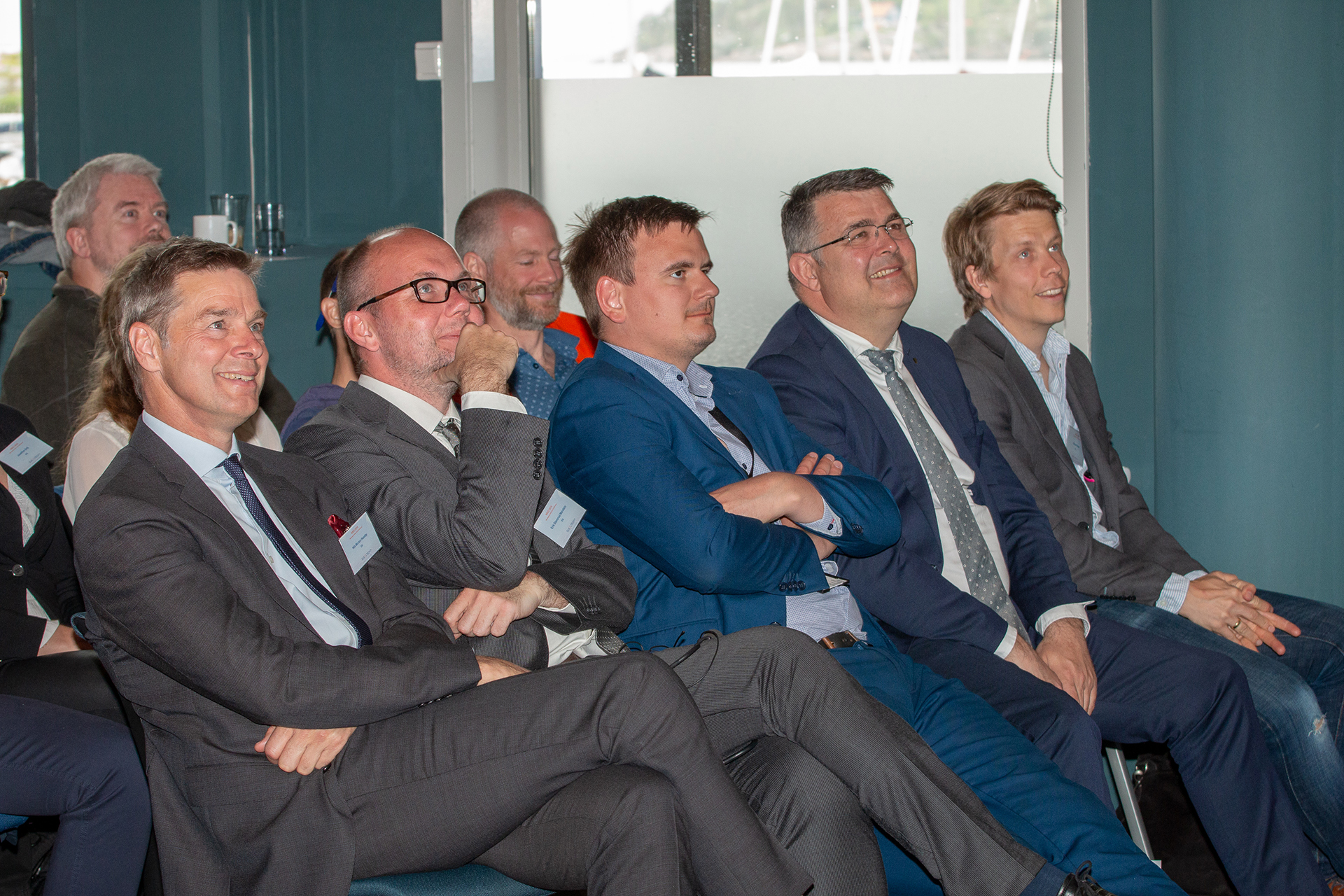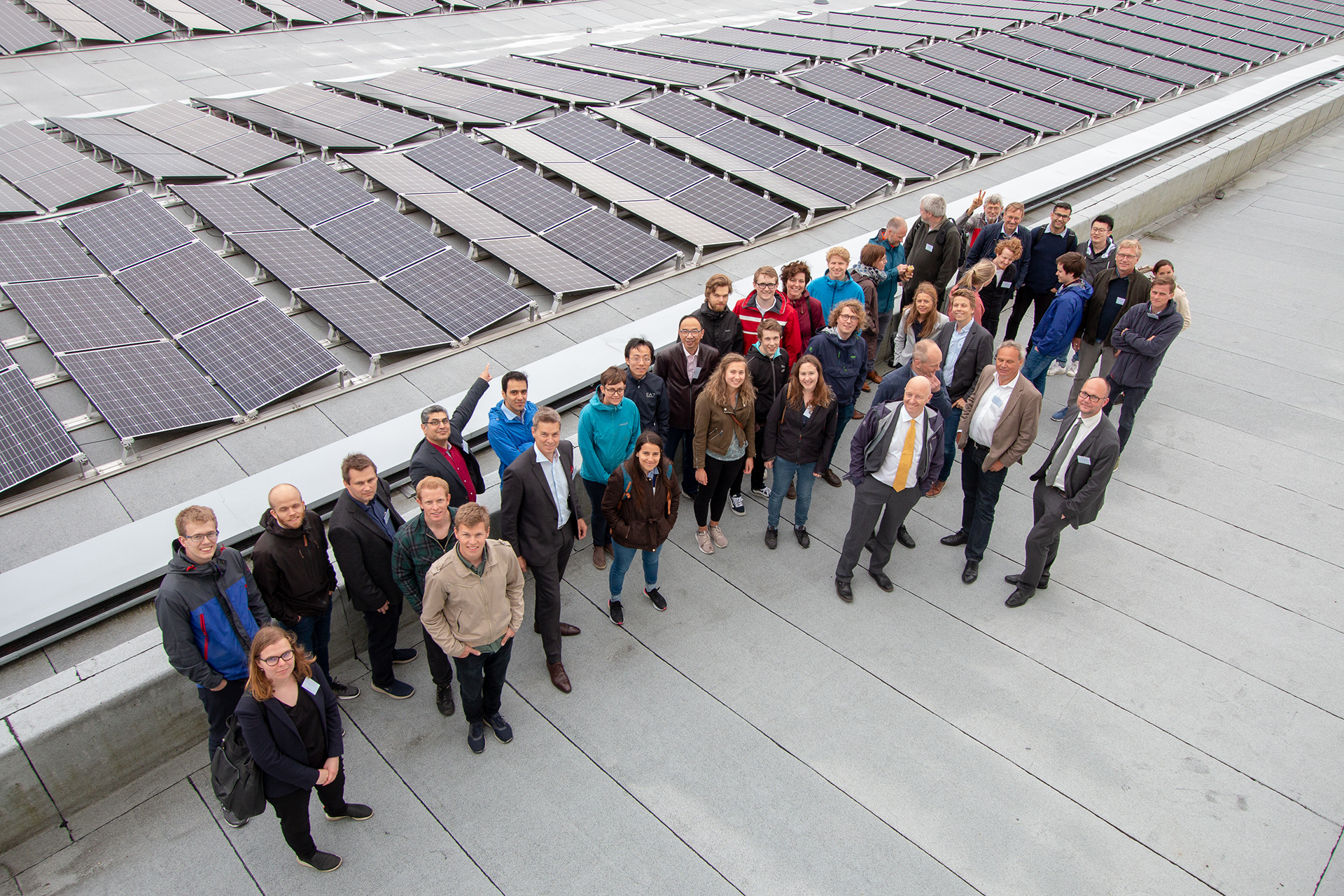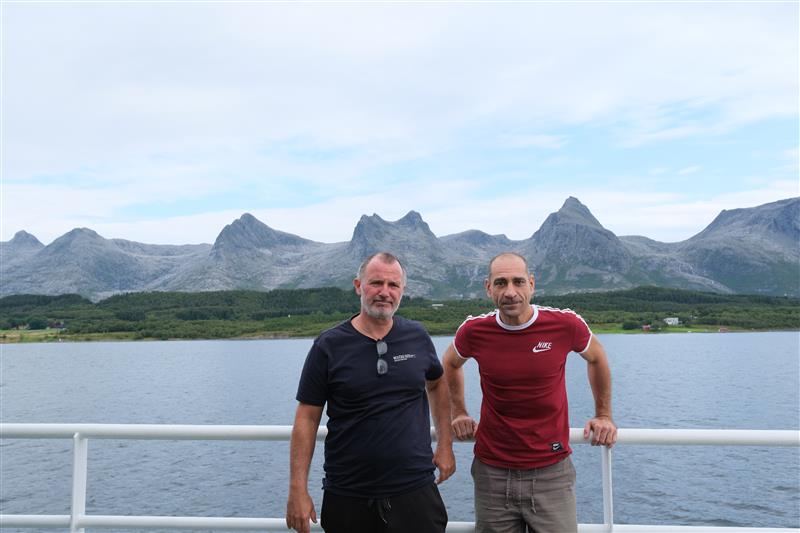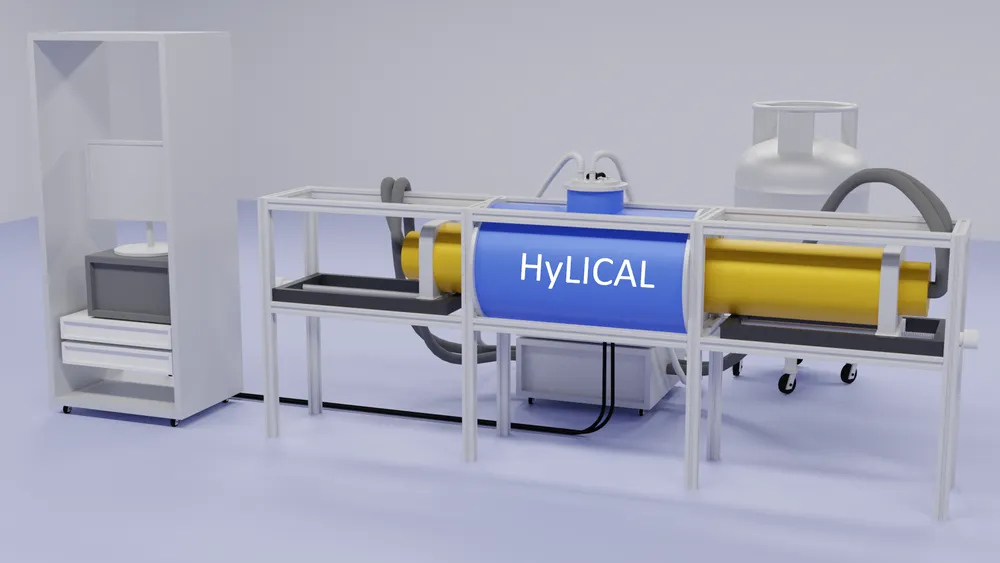The first FME* centre fully devoted to solar cell technology was “FME Solar United”, which started in 2009 and was officially completed in 2017. (*FME = Norway’s Centers for Environment-friendly Energy Research). Now, the Research Centre for Sustainable Solar Cell Technology (FME SuSolTech), which started in 2017, is in its second year. Centre director Erik S. Marstein has led both two FME centres in solar energy, and thus 10 years of combined and coordinated Norwegian research efforts in the field. He still has ambitions to further develop the close cooperation.
«We will work to strengthen the Norwegian solar cluster further. It is essential that we continue to share and exchange expertise and experience, as we do in the SuSolTech Centre. We must learn from the best, and some of the best heads we have in Norway today are in this industry. Many of them are here today”, Marstein said in his opening at the NSCC19 conference.
Furthermore, he emphasized the need to structure and prioritize the effort.
«We see the need for a road map for the Norwegian solar industry, he emphasized.” This is something Marstein and the FME centre together with the Solar energy cluster, the partners and the authorities will work more to develop in the future.
What has been achieved?
Norwegian solar cell research, including the R&D performed within the research centres in solar cell technology, has contributed to the development of the Norwegian industry over the last 10 years. This has, among other things, resulted in the following:
- Growth and new establishment of companies with significant employment in several parts of the value chain. Norway’s solar industry has exciting companies within both the production of solar cell materials, installation of solar cell systems here at home, and the installation and operation of large solar parks internationally. In addition, we have companies that offer a wide range of products and services to the solar cell industry.
- More than a doubling of annual turnover from the NOK 3 billion seen in 2016. The solar industry accounts for a large part of the value of Norwegian exports of renewable energy technology.
- Reduced emissions from power generation in the world using solar panels produced with Norwegian raw materials with at least 6 million tons of CO2.
- Companies setting standards in the industry. Norwegian producers of silicon materials such as REC Solar and Norsun produce the most environmentally friendly solar cell materials in the world. The Norwegian company Scatec Solar, with the support of, among others, Prediktor, is currently building the world’s largest solar park!
- The research environments in FME Solar United and FME SUSOLTECH have published between 150 and 200 scientific articles and have graduated more than one hundred master’s, doctoral and post-doctoral candidates for the solar industry to date.

Close cooperation yields result
Minister of Petroleum and Energy Kjell-Børge Freiberg, founder and entrepreneur Alf Bjørseth, and a number of prominent representatives from the Norwegian solar industry and the research communities in solar cell technology participated with contributions taking the pulse of the Norwegian solar industry today, and shared perspectives on the prospects in the future.
IFE’s CEO Nils Morten Huseby opened the program, highlighting how central the close cooperation between industry and research has been for the development of the Norwegian solar industry, and for the position they hold today. Norway has a long industrial tradition in metallurgical industry, later developed into raw materials for solar energy, an experience that we have managed to build on and develop further.
“The research, the focus on the long-term FME centres and the close cooperation between the industry, the research communities and the public support system have provided good predictability, and should have the credit for this success,” Huseby emphasized.
The close cooperation and knowledge sharing were further highlighted by the Minister of Petroleum and Energy Freiberg. He emphasized the tight relationship between research and industry as one of the main reasons for the Norwegian solar industry’s competitiveness.
“Now we have also received a report on what we have achieved with the energy research. This report shows that there is no doubt that the public research funds have contributed to the growth and success we see in the Norwegian solar industry”, the minister said.
The report he referred to was launched in January 2019, and the study was conducted by the consulting companies Impello and Menon Economics, in close collaboration with eight research centres for environmentally friendly energy (FME), commissioned by the Norwegian Research Council.
See the full report “Effects of energy research” here (available only in Norwegian)
The minister also pointed out some areas of solar energy that are especially exciting to follow. Here he mentioned what is happening in building-integrated solar cells and floating solar energy.
The solar conference continued with interesting sessions from the research front from the entire value chain, from silicon production, through the production of crystals (ingots) and wafers to solar cells and solar panels and solar cells (PV systems).
On Monday afternoon it was also time for a visit to ASKO in Vestby’s impressive solar facility. This is by far the largest PV system in Norway today.
Briefly summarized, the state of Norwegian solar industry is good, despite tough, international competition. And with industry and research on a united team, the Norwegian solar industry hopefully faces a bright future.
See the entire program for the Norwegian Solar Cell Conference here.


At ASKO Vestby’s solar-covered roof, you find Norway’s largest photovoltaic plant to date. From the left: Lars Erik Olsen, ASKO, Nils Morten Huseby, IFE, Erik S. Marstein, IFE / FME SuSolTech. Photo: Jon Arne Wilhelmsen
Related news
-

29. January 2025
New Discovery in the Arctic Ocean: Borealis Mud Volcano
The Borealis Mud Volcano, a recently discovered underwater structure in the Barents Sea,…
-

15. February 2023
Game changer for zero emission transport – HyLICAL
The EU-project HyLICAL has been granted close to 5 M€ from the Clean Hydrogen…
